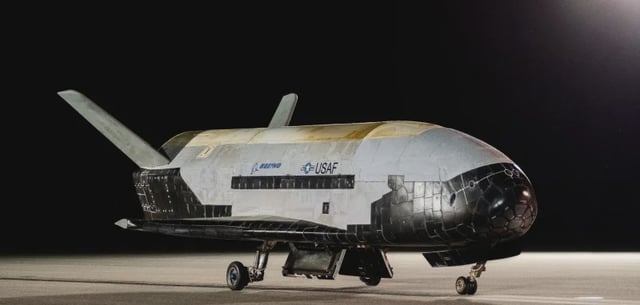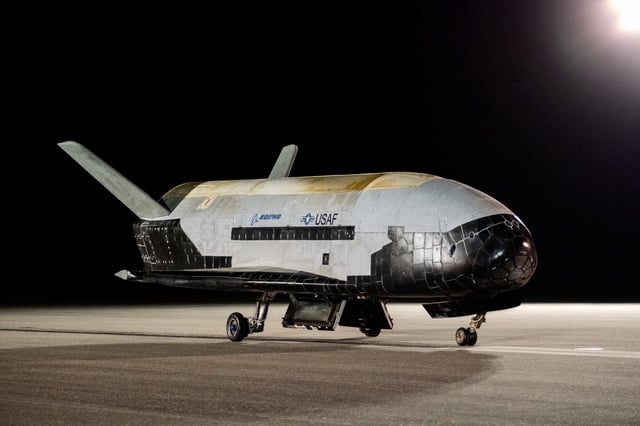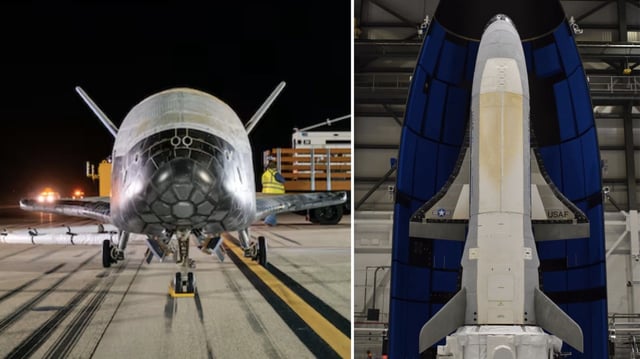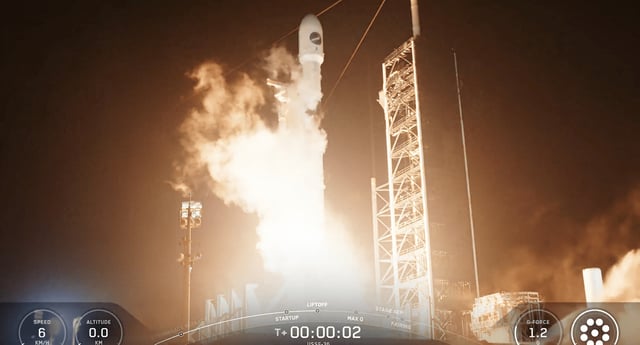Overview
- Liftoff occurred at 11:50 p.m. ET on August 21 from Kennedy Space Center, with Falcon 9 carrying the uncrewed spaceplane on the USSF‑36 (OTV‑8) mission.
- The Falcon 9 first stage, booster B1092 on its sixth flight, targeted a return‑to‑launch‑site landing at Landing Zone 2 at Cape Canaveral Space Force Station.
- Space Force says the mission includes demonstrations of high‑bandwidth inter‑satellite laser communications intended to leverage proliferated low‑Earth‑orbit networks for more robust data links.
- The spacecraft is also flying what officials describe as the highest‑performing quantum inertial sensor yet used in space to enable precise navigation in GPS‑denied or cislunar environments.
- This marks the program’s eighth flight; across seven prior missions the two X‑37B vehicles amassed about 4,208 days in orbit, with OTV‑7 returning in March 2025 after roughly 434 days, and the service has not disclosed OTV‑8’s planned duration or orbital details.



